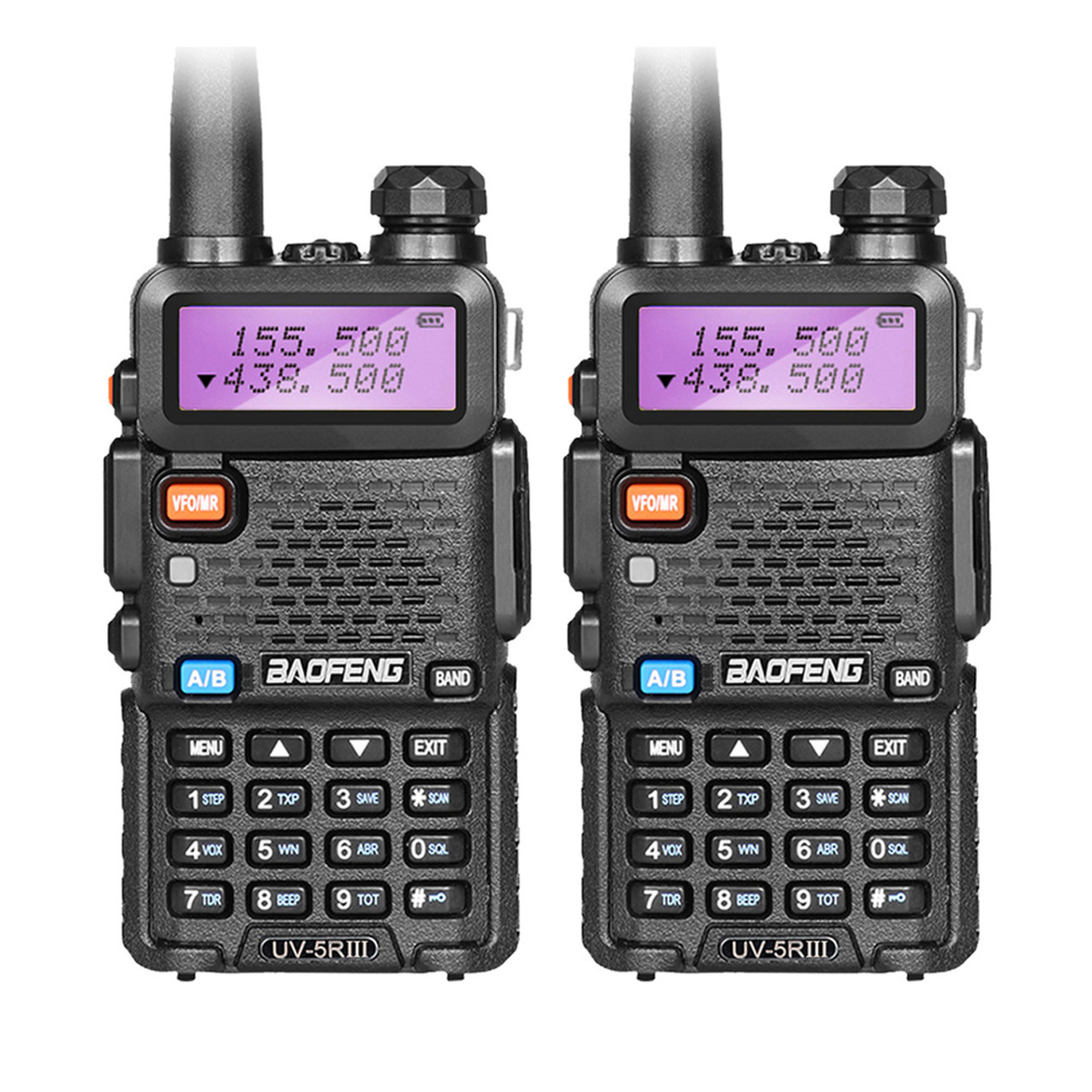When it comes to maximizing the performance of your turbocharged engine, one of the most critical factors to consider is the boost pressure, measured in pounds per square inch (PSI). The question What PSI should my turbo be? is not just a simple inquiry; it encompasses a variety of considerations that can significantly impact your vehicle's performance, efficiency, and longevity. In this article, we will delve into the intricacies of turbocharger PSI levels, exploring how to determine the optimal settings for your specific application.
Understanding Turbocharger Basics
Before we dive into the specifics of PSI levels, it’s essential to understand how a turbocharger operates. A turbocharger uses exhaust gases to spin a turbine, which in turn compresses incoming air, allowing more air (and consequently more fuel) to enter the engine. This process increases the engine's power output without significantly increasing its size. However, the effectiveness of this system is heavily influenced by the boost pressure, or PSI, that the turbocharger generates.
Factors Influencing Optimal PSI Levels
- Engine Specifications: The optimal PSI for your turbocharger largely depends on your engine's design and specifications. Factors such as engine displacement, compression ratio, and fuel type all play a crucial role. For instance, a high-performance engine with a lower compression ratio may handle higher boost levels better than a stock engine designed for lower performance.
- Fuel Type: The type of fuel you use can also dictate the ideal PSI levels. For example, engines running on high-octane fuels can typically handle higher boost pressures without knocking, while those using regular gasoline may require lower PSI to avoid engine damage.
- Turbocharger Design: Different turbochargers are designed for varying levels of boost. A smaller turbo may spool up quickly and provide boost at lower RPMs, but it may not sustain high PSI levels as effectively as a larger turbo. Understanding your turbo's characteristics is vital in determining the appropriate PSI.
- Intended Use: The purpose of your vehicle also influences the optimal PSI. A daily driver may benefit from a lower boost level for better fuel economy and reliability, while a race car might require higher PSI for maximum power output.
General PSI Guidelines
While there is no one-size-fits-all answer to the question of optimal PSI, there are some general guidelines that can help you make an informed decision:
- Stock Applications: For most stock turbocharged vehicles, a boost level of 6-10 PSI is typical. This range is designed to enhance performance without compromising reliability.
- Moderate Performance Upgrades: If you have made some performance modifications, such as an upgraded intercooler or exhaust system, you might safely increase the boost to around 10-15 PSI.
- High-Performance Builds: For heavily modified engines, particularly those designed for racing, boost levels can range from 15 PSI to over 30 PSI, depending on the engine's capability and the quality of the components used.
Monitoring and Adjusting PSI Levels
To ensure that your turbocharger operates within the optimal PSI range, it is crucial to monitor boost levels using a boost gauge. This tool provides real-time feedback on the pressure being generated by your turbocharger, allowing you to make adjustments as necessary. Additionally, tuning your engine management system can help optimize performance and ensure that the air-fuel mixture is appropriate for the boost levels you are running.
Conclusion
Determining the optimal PSI for your turbocharger is a multifaceted process that requires careful consideration of your engine's specifications, fuel type, turbo design, and intended use. By understanding these factors and monitoring your boost levels, you can unlock the full potential of your turbocharged engine while maintaining reliability and performance. Whether you are a casual driver or a dedicated enthusiast, knowing what PSI your turbo should be is essential for achieving the best possible driving experience.


